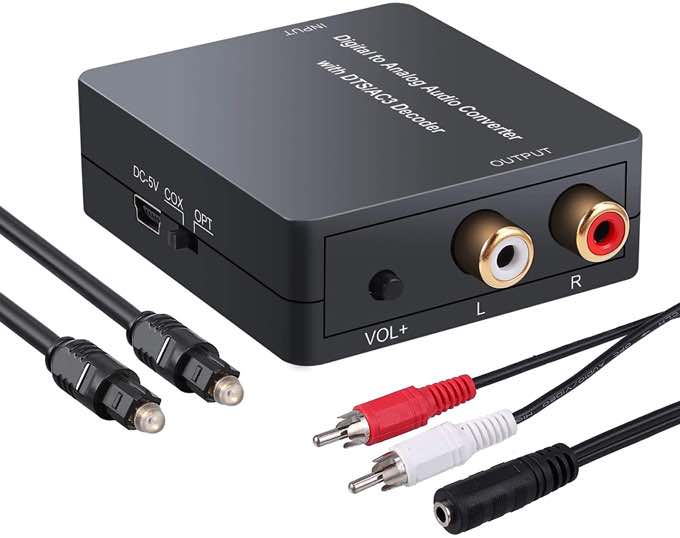
For a music enthusiast who loves to create his music, installing the right kind of devices and applications can turn an ordinary studio into a state-of-the-art one. A quality audio converter is one such component that can enhance the overall musical experience. It isn’t difficult to find a string of instruments that boasts of its features, but the challenge is to lay your hands on the appropriate device.
A cheap device can turn a mesmerizing piece of music cacophonic with its poor recording quality. If you’re scouting for the best audio converters for your studio, this guide can come in handy. Technological advancement has immensely contributed to the sound quality. It was in the late 90s when songs were recorded and edited in professional recording studios. Digital audio systems have emerged as an integral part of the music industry.
Digital audio converter: what is it?
Digital audio converters feature as the most efficient device today, carrying out much of the audio workload. These are used to convert the auditory signals from one format to another.
The basic converter types include the AD and the DA. The former type is known as analog to a digital one that can transform analog audio signals. The latter works the other way round thereby converting digital audio signals into analog signals. For instance, auditory pieces that can be played by your web browser or digital audio workstation can be recreated by your headphones or studio computers exemplify how DA converters work.
DACs a have become increasingly common today as it features both AD and DA converters in the same box. The recording process has become simplified today with most acoustic interfaces using limited DAC. However, for longer sessions, it is the standalone DAC that can ensure a high quality of sound.
These devices can sample the analog audio signal and recreate it in the digital format. This process can be compared to how a burst shot works in your smartphones. The more the shots, the better will be the sampling. Explore more on how a DAC works at https://sciencing.com/analog-digital-converter-work-4968312.html
Post sampling, the DAC uses a quantization process to convert the signal into a code that can be processed by your computer. When the dots of these samples connect, your speakers emit the sound played back by your digital-analog workstation (DAW).
Things to consider when choosing a DAC

Buying a DAC involves doing some research on things like sound quality, connectivity as well as drawing up the budget. Finding an interface with DA and AD converters or those with modular programs is easy. If you’re looking for sound quality that’s neutral, you could pick the ones that are capable of adding sonic impacts.
There are various models available and you can select one that caters to your need. For instance, some DACs are packed with transformers that can instantly amplify the quality of your tracks.
Connectivity is something you can’t dismiss when checking out the model of your acoustic converter. If you are searching for a converter that records and mixes projects, you will need an extended system to manage the input and the output. DACs include both the converters in one unit and are great at streaming up to multiple channels together.
What you need is to make sure the device has a high resolution for flawless streaming from many channels at a time. Looking for converters that can translate your video to audio? Follow this link to find the best app for video to the audio converter.
Although it would differ from manufacturer-to-manufacturer, most AD converters are built to optimize recording. Typically, any brand of DAC offers a score of interfacing options with your computer. So, if you are on the lookout for flexibility when interfacing with a host of devices or channels, DACs can make for a better option. These usually are designed with AES and Ethernet outputs to offer seamless networking possibilities.
Whether you want to install an audio converter to fulfill your studio recording needs or one for your smartphone for an instant gig, make sure you have the licensed and updated version for the best sound quality experience. There are apps downloadable for both Android and iOS phones that you can check out in their respective online stores.















